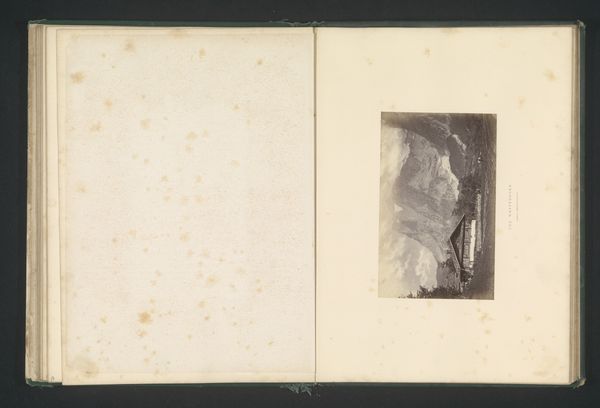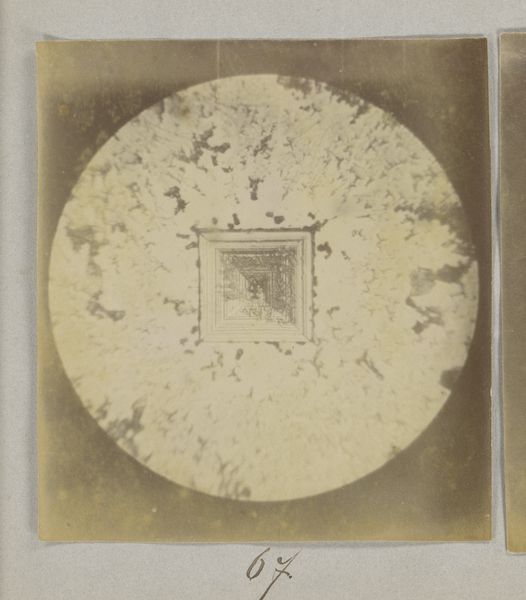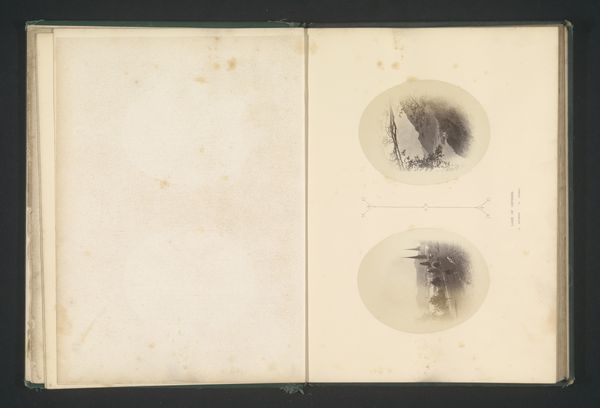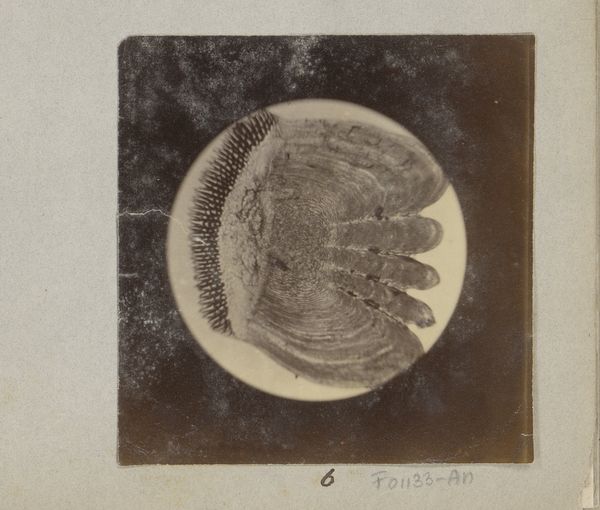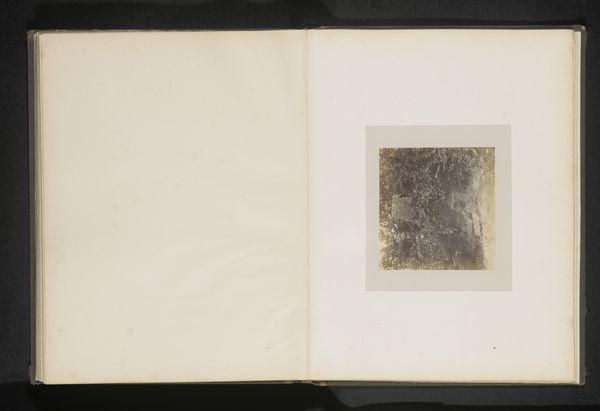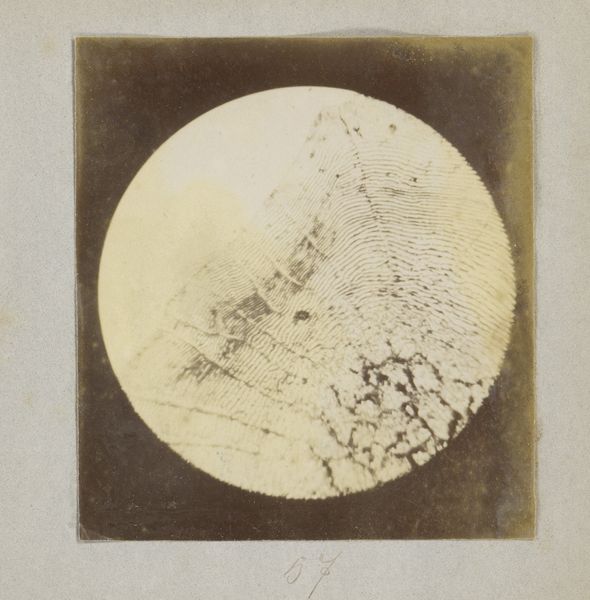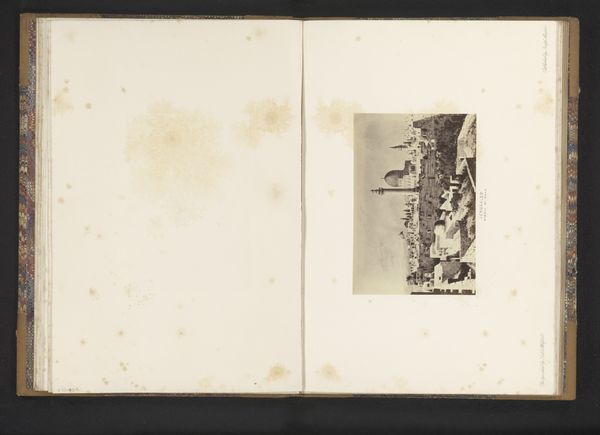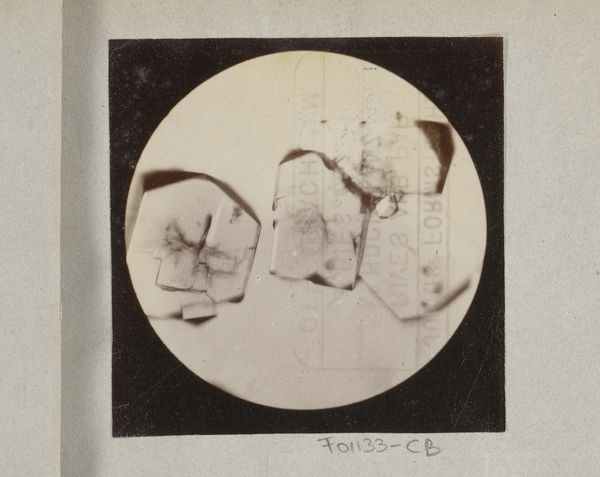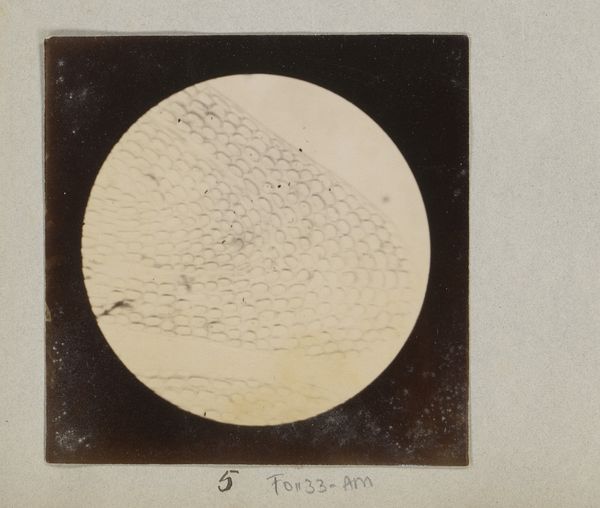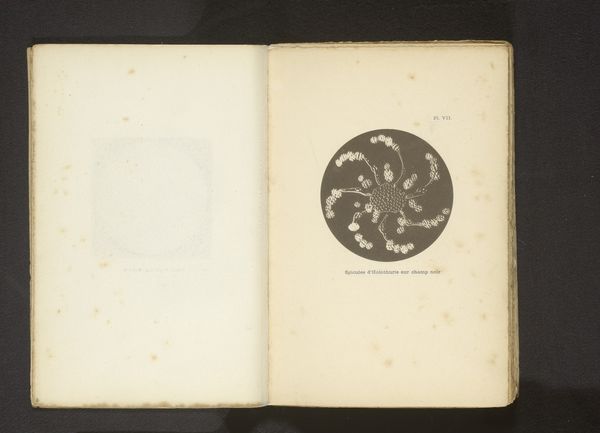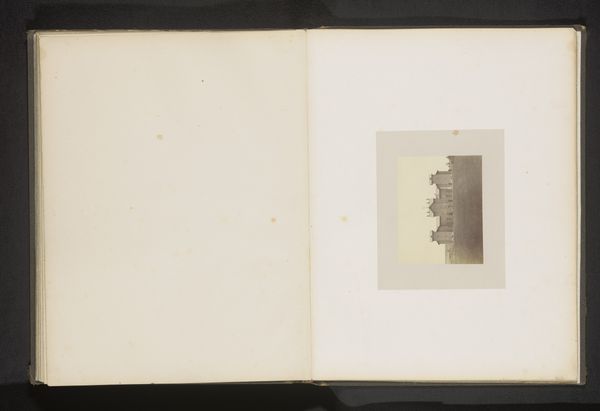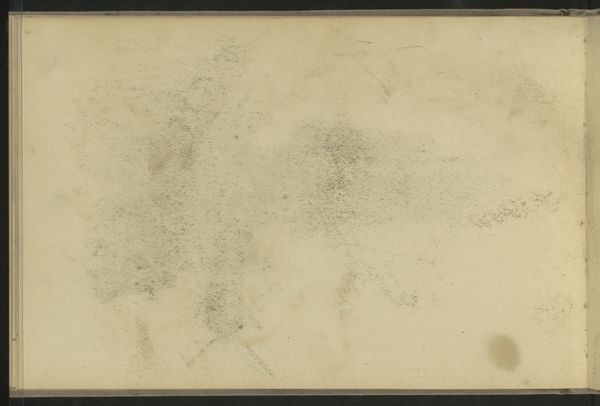
Microscopische opname van een insectenvleugel, tachtig keer vergroot 1887 - 1888
0:00
0:00
photography, gelatin-silver-print
#
still-life-photography
#
photography
#
coloured pencil
#
geometric
#
gelatin-silver-print
#
realism
Dimensions: height 97 mm, width 103 mm
Copyright: Rijks Museum: Open Domain
Curator: This is a gelatin-silver print entitled "Microscopic View of an Insect Wing, Enlarged Eighty Times," made between 1887 and 1888 by Marinus Pieter Filbri. Editor: My first thought is of fragility and exposure. The magnified insect wing feels incredibly delicate and almost vulnerable, laid bare under the lens. Curator: It's a fascinating look at how photography intersected with scientific inquiry during this period. The microscopic view transforms the familiar wing into an abstract landscape of textures and patterns. Think about what was not available before and what photography allowed in its time, revealing something usually not seen by the human eye. Editor: Absolutely, it challenges our understanding of scale and beauty. But beyond the scientific merit, I can't help but consider how the act of magnification and display potentially mirrors societal power dynamics, putting nature, in this case the tiny insect, under human scrutiny. Think about Victorian collecting mania. Curator: That's an intriguing point. But perhaps we can also appreciate the artist’s reverence for the intricate design inherent in nature. Throughout art history, insect wings symbolize freedom, the soul, even resurrection. The wings’ ethereal nature adds to its appeal. Editor: Yes, and while the imagery itself is captivating, the social context is crucial to consider. During the late 19th century, there were evolving scientific advancements, combined with a colonial impulse to categorize and control the natural world. This artwork might, unintentionally or otherwise, reinforce those hierarchies. What was its intended audience and use? Curator: I agree, looking through a contemporary lens reveals complex layers. This photograph encourages both a deeper appreciation of nature's detail and a critical examination of the societal forces at play when science, art, and power converge. Editor: Indeed. By dissecting these visual symbols, we engage in important cultural discussions. Art can truly be an archive of complex history, if we choose to consider the forces at play at the time of the piece's creation and its meaning today.
Comments
No comments
Be the first to comment and join the conversation on the ultimate creative platform.
